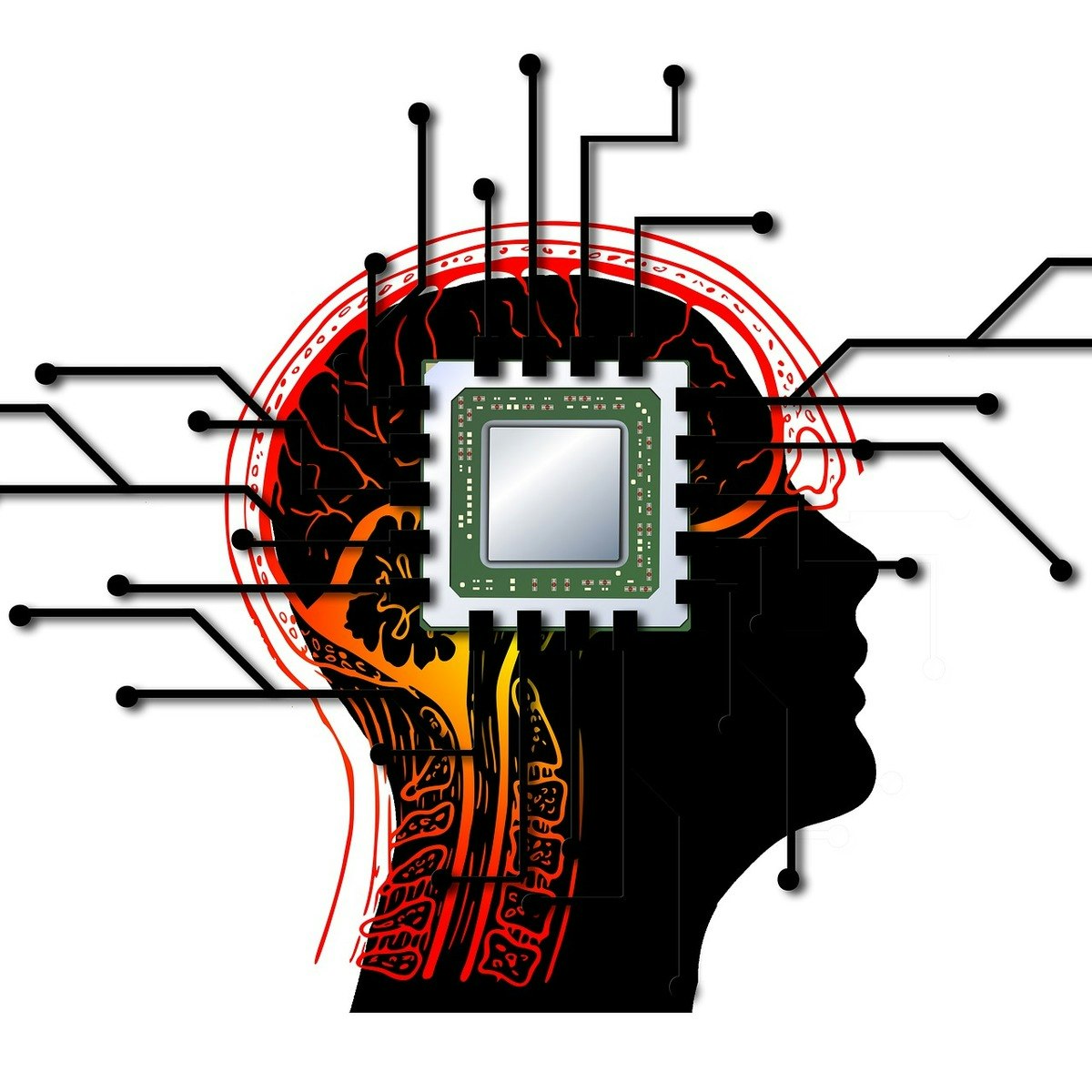Back to Courses









Algorithms Courses - Page 7
Showing results 61-70 of 326

Interactive, Nonlinear Stories with Twine
When telling stories, we tend to create one-way narratives that conduct readers through a fixed sequence of events. Even though such an approach allows us to tell very elaborate stories, it's clear that it can only go so far when it comes to complex plots. That is, stories that can unfold in many different ways, depending on the readers' choices and preferences.
In this guided project you will challenge this traditional approach towards story-telling by working with Twine, a tool designed for the creation of interactive, nonlinear stories. Not only will this teach you how to craft engaging stories, it will also equip you with the abilities required for the creation of simple games, such as Mushy Foray (our study object for this project).
Cryptography and Hashing Overview
Continue learning about blockchain technology by diving into the nature of ownership and how the blockchain is one way to approach decentralized transaction handling. This course also demystifies cryptography and hashing, which are critical for authenticating users and guaranteeing transaction privacy.
This course requires the purchase of two books for the completion of assignments:
Drescher, D. (2017). Blockchain Basics: A Non-Technical Introduction in 25 Steps. (ISBN-13: 978-1484226032)
Antonoupoulos, A. M. (2017). The Internet of Money, Volume Two. (ISBN-13: 978-1947910065)
The Blockchain
Begin your exploration of blockchain technologies with a look at fundamental blockchain concepts along with an application in which blockchain technology plays a critical role — cryptofinance. This course also introduces distributed digital systems in terms of software and network architecture, and shows how these systems underlie the functionality of the blockchain. In this and the following courses in the specialization you'll have a chance for hands-on-practice to cement your learning.
This course requires the purchase of two books for the completion of assignments:
Drescher, D. (2017). Blockchain Basics: A Non-Technical Introduction in 25 Steps. (ISBN-13: 978-1484226032)
Antonoupoulos, A. M. (2017). The Internet of Money, Volume Two. (ISBN-13: 978-1947910065)

Cloud Computing Concepts, Part 1
Cloud computing systems today, whether open-source or used inside companies, are built using a common set of core techniques, algorithms, and design philosophies – all centered around distributed systems. Learn about such fundamental distributed computing "concepts" for cloud computing.
Some of these concepts include: clouds, MapReduce, key-value/NoSQL stores, classical distributed algorithms, widely-used distributed algorithms, scalability, trending areas, and much, much more!
Know how these systems work from the inside out. Get your hands dirty using these concepts with provided homework exercises. In the programming assignments, implement some of these concepts in template code (programs) provided in the C++ programming language. Prior experience with C++ is required.
The course also features interviews with leading researchers and managers, from both industry and academia.

What is “the mind” and what is artificial intelligence?
In this course, we will explore the history of cognitive science and the way these ideas shape how we think of artificial cognition.

Create a Supermarket app using OOP Features in Java
In this 1-hour long project-based course, you will create a supermarket app using OOP Features in Java. You will learn how to code using the main Java OOP Features including Encapsulation, Polymorphism, Inheritance and Abstraction. You will learn how to create a main method to test your code and finalize your application.
Note: This course works best for learners who are based in the North America region. We’re currently working on providing the same experience in other regions.

The Outcomes and Interventions of Health Informatics
For clinical data science to be effective in healthcare—to achieve the outcomes desired—it must translate into decision support of some sort, either at the patient, clinician, or manager level. By the end of this course, students will be able to articulate the need for an intervention, to right size it, to choose the appropriate technology, to describe how knowledge should be obtained, and to design a monitoring plan.

Artificial Intelligence: An Overview
The course will provide a non-technical overview of the artificial intelligence field. Initially, a discussion on the birth of AI is provided, remarking the seminal ideas and preliminary goals. Furthermore, the crucial weaknesses are presented and how these weaknesses have been circumvented. Then, the current state of AI is presented, in terms of goals, importance at national level, and strategies. Moreover, the taxonomy of the AI topics is presented.

Intro to Programming With C#: Build A Word Guessing Game
By the end of this project, you will create a fully functioning Word Guessing game using C#. In this project, you will be able to identify and apply some important coding concepts, such as “variables,” “if-conditions,” “for-loops,” as well as learning how to display output and take inputs from the user.
In each task, you’ll be able to apply one of these concepts and at the end, tie them all together into the Word Guessing game we will be building.
You’ll have the knowledge and skills needed to start writing your very own programs. You’ll also be able to apply what you learn here using other languages such as C++, Java, Python, etc.
Note: This course works best for learners who are based in the North America region. We’re currently working on providing the same experience in other regions.

C Programming: Getting Started - 1
Start learning one of the most powerful and widely used programming languages: C. Within moments you will be coding hands-on in a browser tool that will provide instant feedback on your code.
The C programming language is one of the most stable and popular programming languages in the world. It helps to power your smartphone, your car's navigation system, robots, drones, trains, and almost all electronic devices. C is used in any circumstances where speed and flexibility are important, such as in embedded systems or high-performance computing.
In this course, you will get started with C and learn how to write your first programs, how to make simple computations and print the results to the screen, how to store values in variables and how to repeat instructions using loops.
Beginners, even those without any programming experience, will be able to immediately start coding in C with the help of powerful yet simple coding tools right within the web browser. No need to install anything!
Why learn C and not another programming language? Did you know that smartphones, your car’s navigation system, robots, drones, trains, and almost all electronic devices have some C-code running under the hood? C is used in any circumstance where speed and flexibility are important, such as in embedded systems or high-performance computing.
C is a foundational programming language taught at engineering schools around the world, and represents one of the building blocks of modern computer information technology. Invented in the 1970’s. It is still one of the most stable and popular programming languages in the world.
We are excited to introduce you to the world of coding and launch you along your path to becoming a skilled C programmer!
This is the first course in the C Programming with Linux Specialization. This series of seven courses will establish your programming skills and unlock doors to careers in computer engineering.
This course has received financial support from the Patrick & Lina Drahi Foundation.
Popular Internships and Jobs by Categories
Browse
© 2024 BoostGrad | All rights reserved


